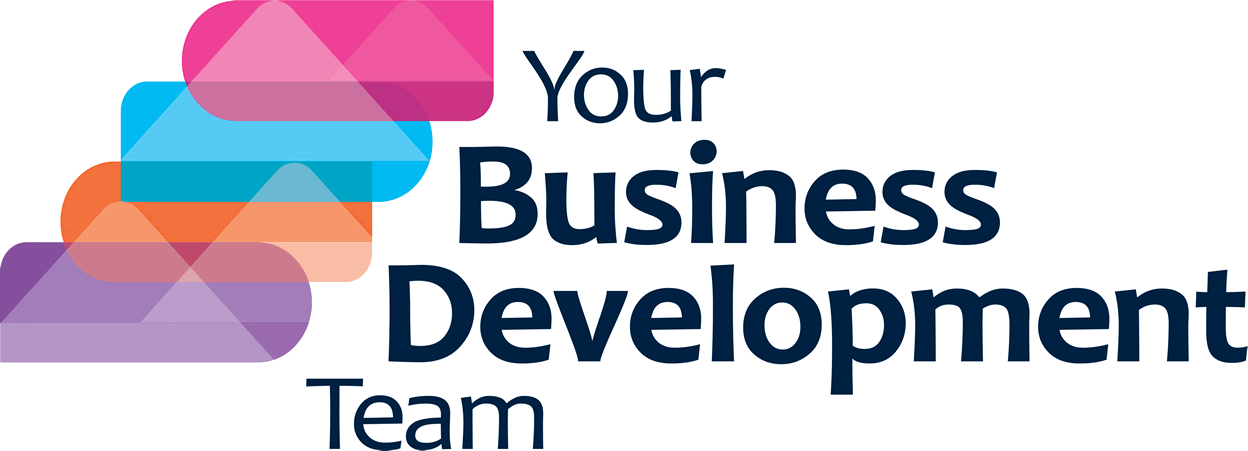One of the areas that Your Business Development Team have been working in over the last couple of years is supporting companies in engineering and construction. As these are industries where the focus is inevitably on production, sales and marketing activity can sometimes take a back seat, potentially resulting in gaps in the order book as the pipeline runs dry. Planning for production often needs long term thinking. If raw materials and components have extended deliveries, then the sales pipeline becomes of critical importance. Knowing what orders may come along in the next three, six or twelve months can have a considerable impact on ordering parts and recruiting staff.
Many companies in engineering and construction are well established and have depended on long term customer relationships for repeat business. In 2020 however nearly 30% of construction businesses and 22% of manufacturers stopped production either temporarily or permanently. As many SME companies supplying the construction industry rely on fewer than ten regular customers this represents a major problem, as the work they have come to expect may simply not be there anymore. Your Business Development Team have a suite of services that are ideal for helping engineering and construction businesses rebuild their sales pipeline, putting enquiries and orders in the bank for 2021, 2022 and beyond. Here are a couple of examples.
Recently we supported a manufacturer of cement additives who were looking to expand from their very narrow customer base into supplying the industry distribution channel and directly to large contractors. By researching and contacting the key decision makers in the major builder’s merchants we were able to present the sales manager with appointments at 3 out of the top 4 builders’ merchants, giving our client access to sales in over 1,000 stores. At the same time, our lead generation and nurturing team were working to create understanding of their product at the end user, stimulating demand both directly and through the merchant channel.
YBDT has worked with Harrier Pneumatics over the last couple of years to help them prospect for new customers for their compressed air services. As well as targeting new customers with product led campaigns that open up new markets for Harrier, YBDT have developed a strategy for contacting existing clients to expand the range of services that they take. As with many engineering companies, most of Harriers customers were using them for only one or two of their services, simply because they were unaware that Harrier had other products available that they needed. This is a good illustration of how outsourcing these initial lead generation conversations to us, rather than relying on an already stretched sales team can produce great results, extending your reach with those who already know and like your business. You can read more about our work with Harrier here.
YBDT’s long experience in all aspects of sales and marketing support makes us the ideal partner for manufacturing and engineering business. We can help you create and implement a clear business development strategy and generate and nurture leads to the point that your sales team can take them on to orders. Get in touch to learn more about how we can help.









